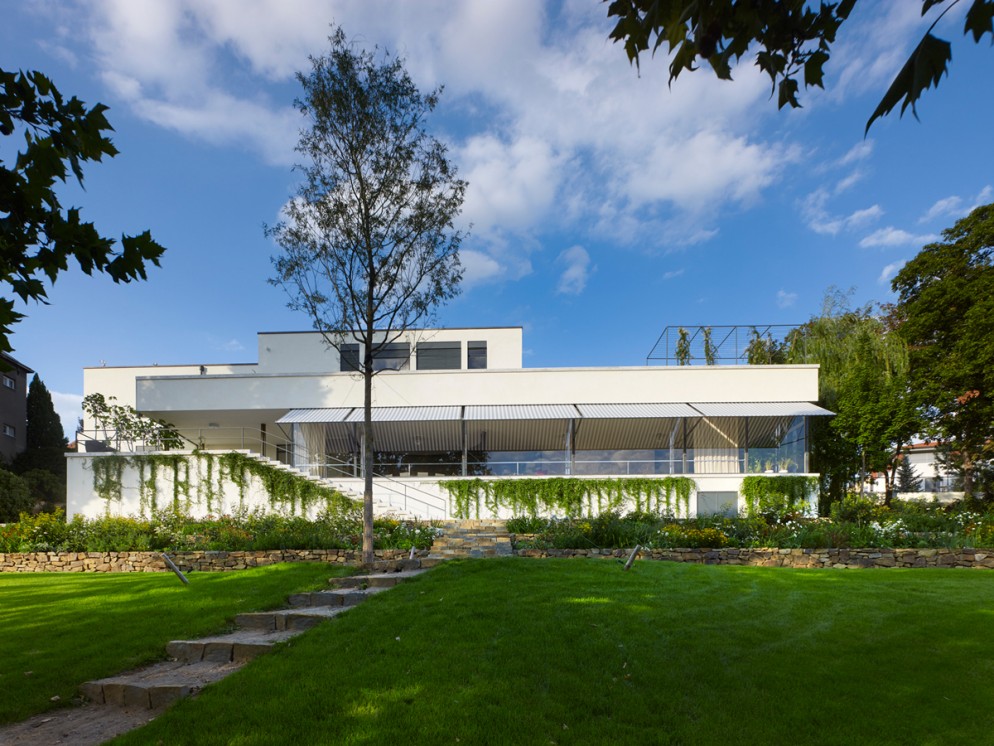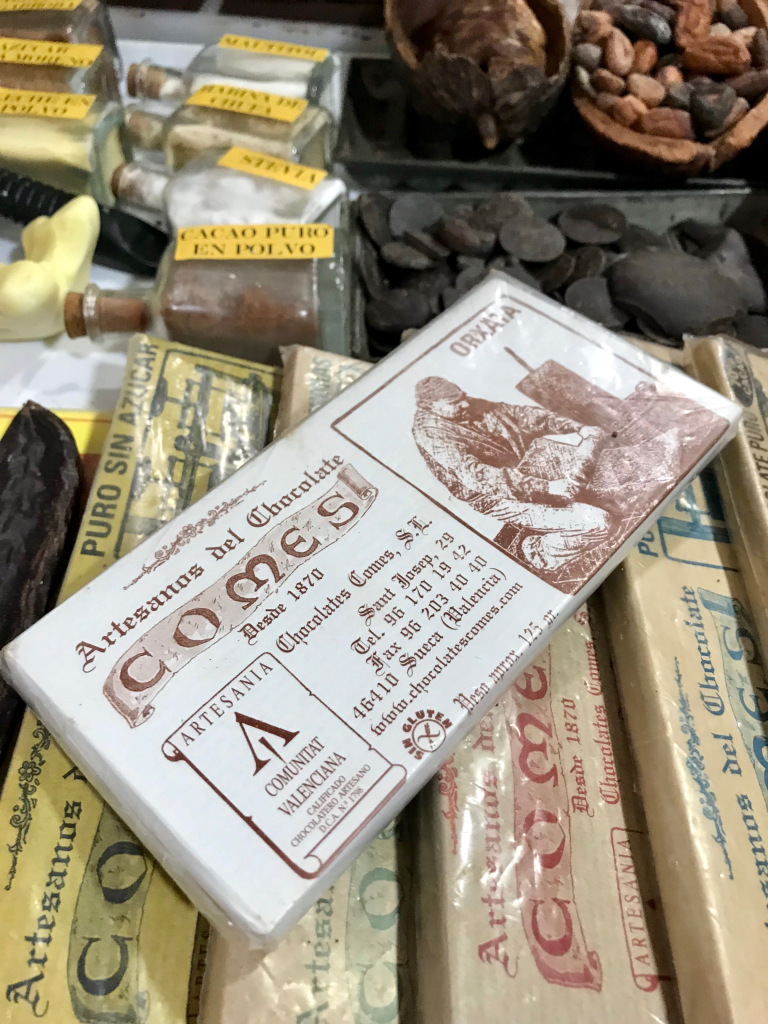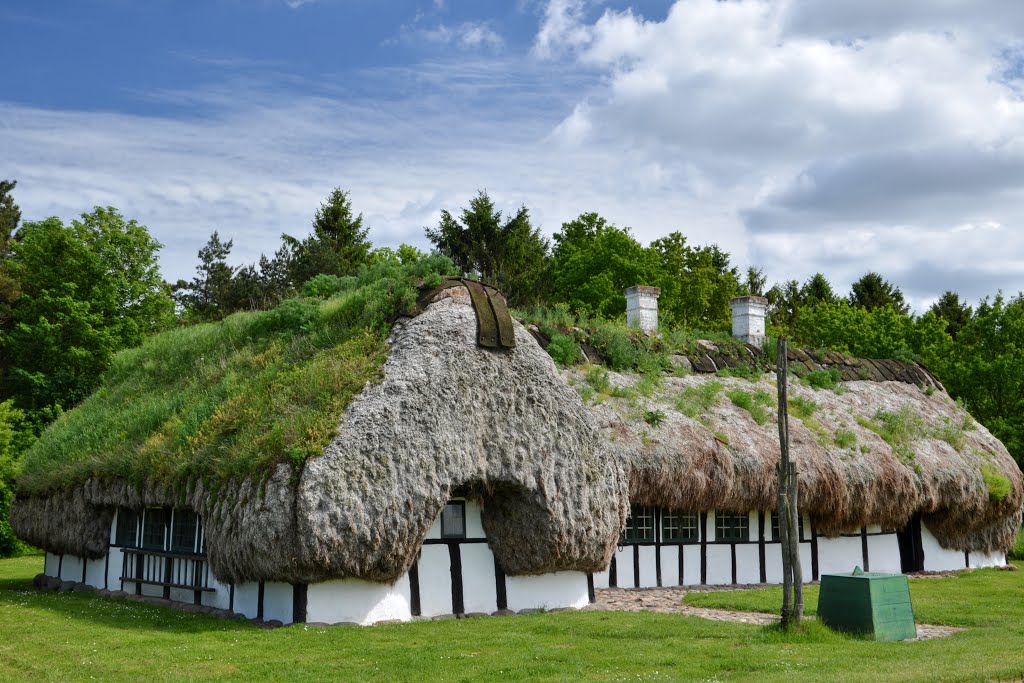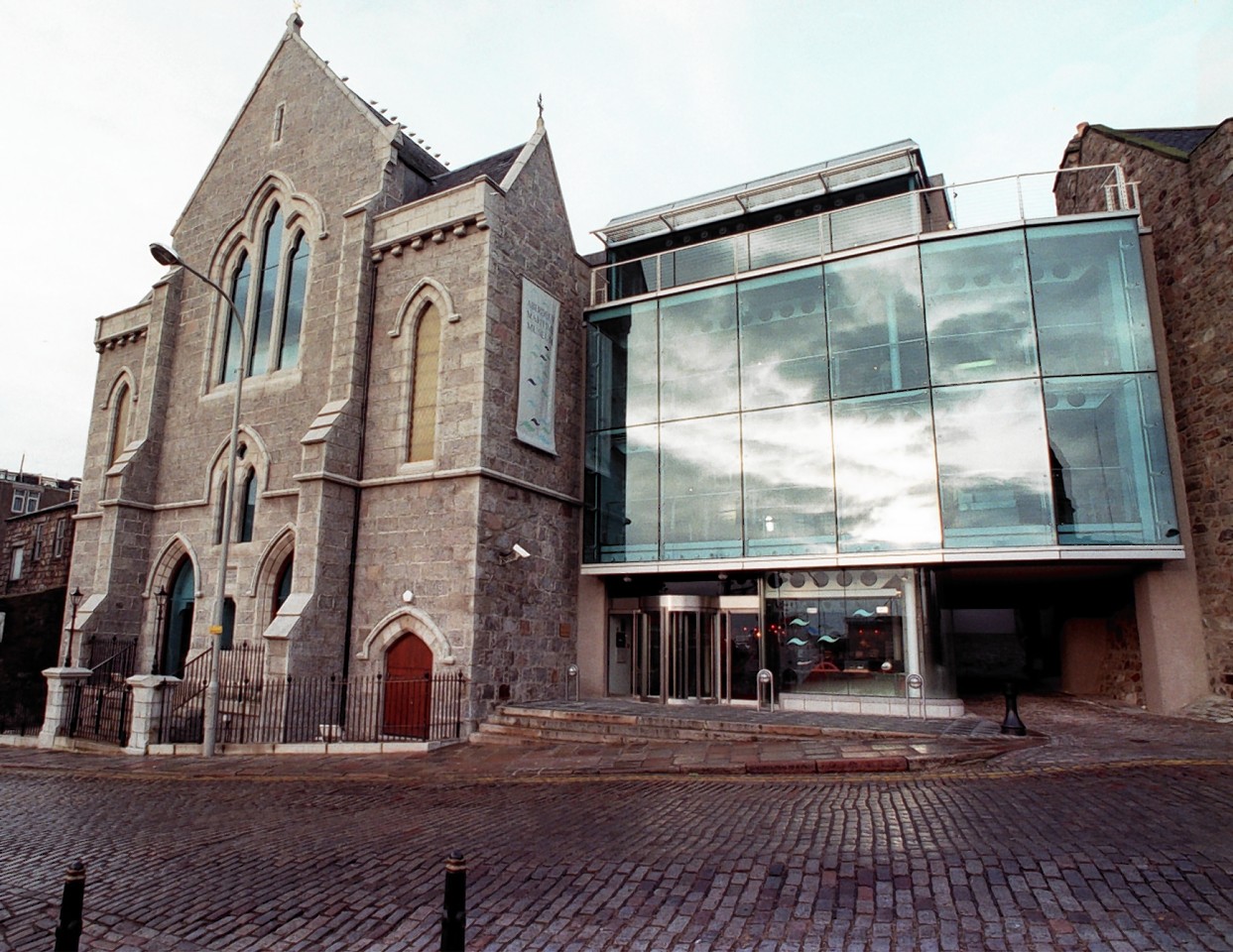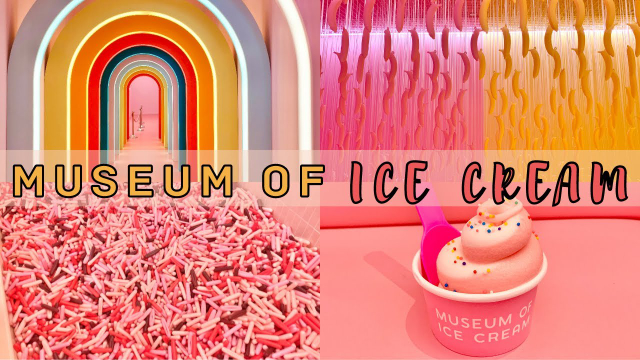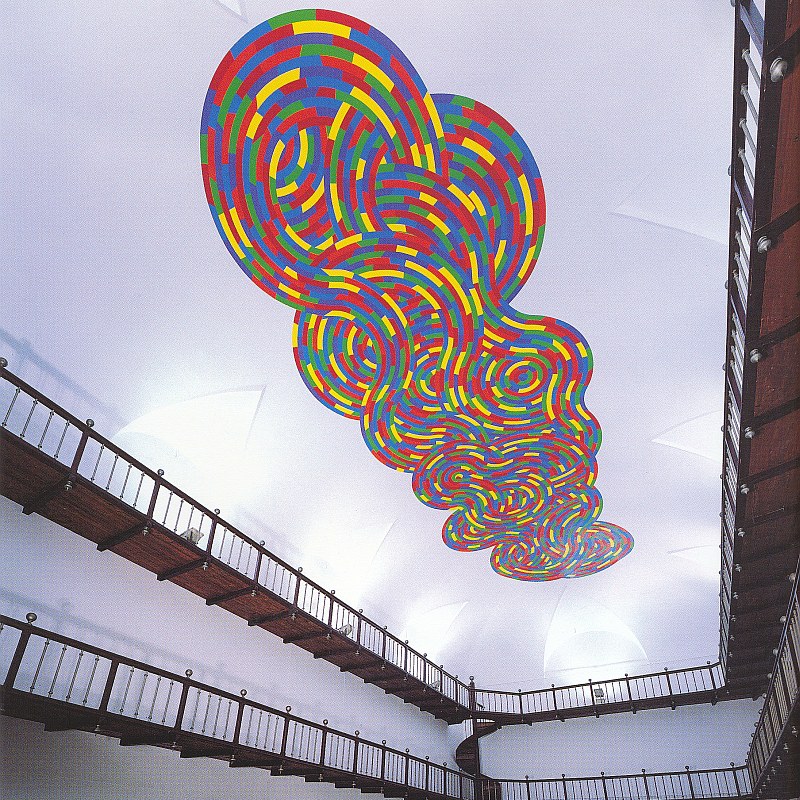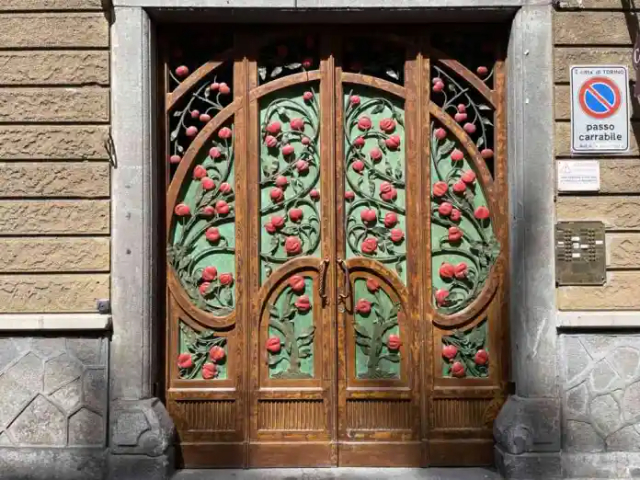The villa of Greta and Fritz Tugendhat was designed by Ludwig Mies van der Rohe and was constructed between 1929 and 1930. It was the first private house of its kind in Czechoslovakia which employed a steel load-bearing structure with columns on a cruciform floor plan. Onyx from Northern Morocco, Italian travertine, and veneer from exotic woods such as rosewood, zebrawood, and Makassar ebony decorate the interior. The technology used in the house, such as hot-air heating or electrically-operated windows make it absolutely unique.
In 2010–2012, the villa underwent a general restoration. The house and the adjacent garden were restored to their original appearance, and replicas of the original furniture as well as preserved original pieces of furniture were added to the interior. In the basement, visitors can explore the technology used to run this modern house (air-conditioning, boiler room, engine room, retractable window system, laundry room, photographic darkroom, and a special room designed to store fur coats). The villa also features a permanent exhibition focusing on its architect and construction workers as well as the life of the Tugendhat family until 1938. Various short-term exhibitions are held in the basement that, just like the garden, may be visited by the public during the opening hours without previous appointment. The Tugendhat Villa is on the UNESCO list of World Cultural Heritage sites.
